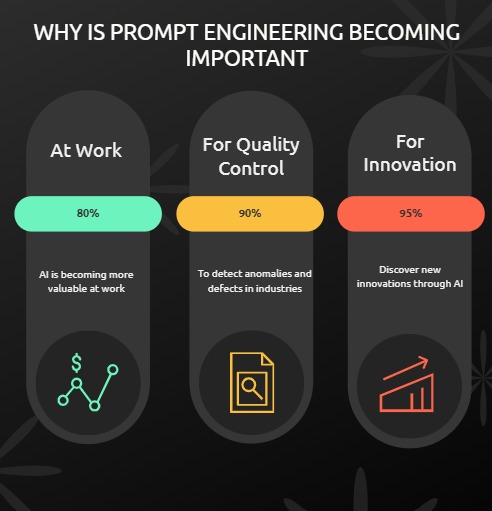For today’s episode, we shall be talking about identity theft and its impacts on individual, organizations and others.
Identity theft occurs when someone unlawfully obtains and uses another person’s personal information, such as their name, Social Security number, credit card details, or other identifying data, typically for financial gain. This crime can have severe consequences, including financial loss, damaged credit rating, and emotional distress. Below is an overview of identity theft and steps to prevent it:

Tyes of Identity Theft
1. Financial Identity Theft
The thief uses your information to open credit accounts, take out loans, or make purchases.
2. Medical Identity Theft
Someone uses your identity to obtain medical services, prescriptions, or insurance benefits.
3. Criminal Identity Theft
A criminal impersonates you when apprehended for a crime, leading to wrongful records under your name.
4.Tax Identity Theft
A fraudster uses your Social Security number to file a fraudulent tax return and claim your refund.
5. Synthetic Identity Theft
Combines real and fake information to create a new identity (e.g., using your Social Security number with a different name).
6. Child Identity Theft
A child’s Social Security number is used to open accounts or apply for benefits.
How Identity Theft Happens
- Data Breaches-: Hackers steal personal information from companies or organizations.
- Phishing: Scammers trick you into revealing personal information via fake emails, texts, or websites. You can refer back to one of our initial articles so as to read in details
About “Phishing”
- Skimming: Devices installed on ATMs or card readers capture your card information.
- Dumpster Diving: Thieves search through trash for documents containing personal data.
- Social Engineering: Fraudsters manipulate you into giving up personal sensitive information.
- Public Wi-Fi: Unsecured networks can expose your data to hackers.
Prevention Tips
Protect Personal Information:
- Shred documents with sensitive information before discarding.
- Avoid sharing personal details on social media or unsecured websites.
Use Strong Passwords:
- Create complex, unique passwords for online accounts.
- Enable two-factor authentication (2FA) wherever possible.
Monitor Financial Accounts:
- Regularly check bank and credit card statements for unauthorized transactions.
- Sign up for transaction alerts.
Secure Your Devices:
- Use antivirus software and keep your operating system and apps updated.
- Avoid using public Wi-Fi for sensitive transactions.
Check Your Credit Report:
- Request free credit reports annually from major credit bureaus (Equifax, Experian, TransUnion).
- Look for unfamiliar accounts or inquiries.
Be Cautious of Scams:
- Don’t click on suspicious links or download attachments from unknown senders.
- Verify the legitimacy of requests for personal information.
Freeze Your Credit:
- Place a credit freeze with the three major credit bureaus to prevent new accounts from being opened in your name.
Use Identity Theft Protection Services:
- Consider services that monitor your credit, personal information, and online activity for signs of fraud.
Secure Your Mail:
- Use a locked mailbox and promptly collect incoming mail.
- Opt for electronic statements when possible.
Educate Yourself:
- Stay informed about the latest scams and identity theft tactics.
WHAT TO DO IF YOU ARE A VICTIM
1. Act Quickly: Contact your bank, credit card companies, and other financial institutions to report the fraud.
2. Place a Fraud Alert: Notify one of the three credit bureaus to place a fraud alert on your credit report.
3. File a Report: File a police report with local law enforcement.
4. Dispute Fraudulent Activity: Work with credit bureaus and financial institutions to remove fraudulent accounts or charges.
5. Consider a Credit Freeze: Prevent further damage by freezing your credit.
6. Monitor Your Accounts: Continue monitoring your financial accounts and credit reports for suspicious activity.
By taking proactive steps to protect your personal information and staying vigilant, you can significantly reduce the risk of the identity theft. If you suspect you’ve been targeted, act immediately to minimize the damage. Hope you have learnt one or two things beneficial to you as regards identity theft. Till next week when we bring another fascinating topic. Byebye
About The Author
Charles Akinjide Ogunmoriyele is a chemical engineering graduate of Obafemi Awolowo University, Nigeria. He founded Edward Louis Limited, focused on renewable energy, real estate, manufacturing, and cybersecurity. Motivated by a personal incident involving cybercrime in 2018, he pursued cybersecurity education and certifications and now an advocate of cyber security awareness. He can be reached via email at edwardlouislimited60@gmail.com
See also:
What is prompt engineering and why is it important?
The Imperative of Cybersecurity Awareness
Lagos–Calabar Coastal Highway: The significance of Celebrating 30km out of 700km. By Yomi Akinfesoye
Breaking the Underperformer Label: How Leaders Can Rewrite the Narrative ~ By Adebukola Akingbade
Organizational Transformation: A Global Perspective. & See it’s 4 Benefits By Dr. Tunde Oyadiran






